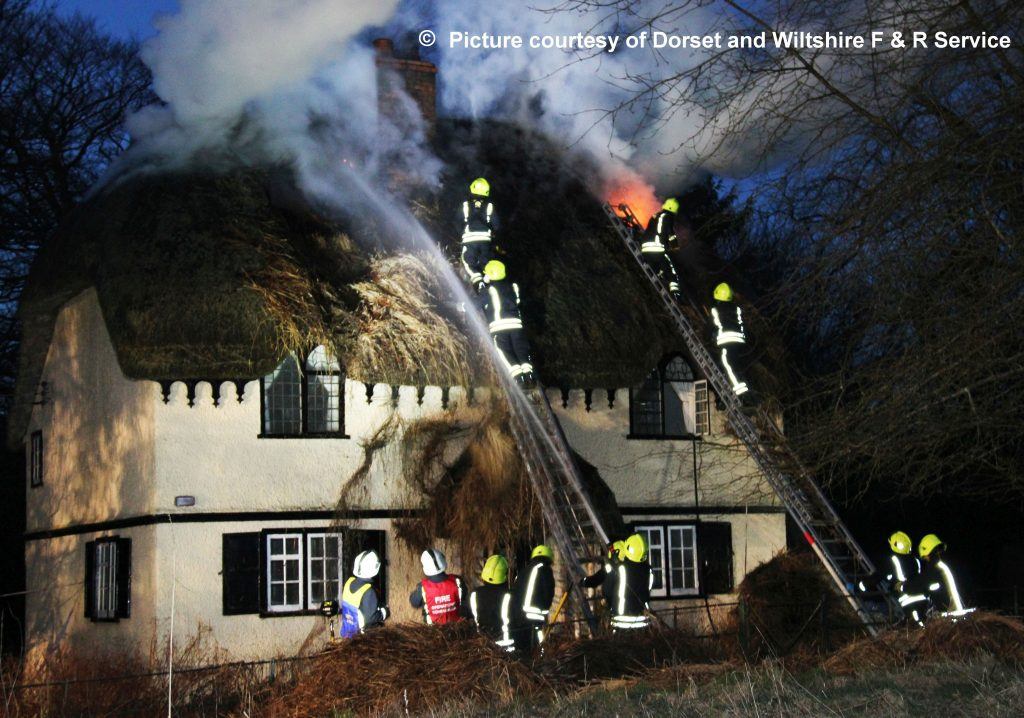Updated Risk Management pages
We have informed you about the extensive Forensic work carried out by Burgoynes in investigating 148 thatch fires between December 2008 and May 2016 and the excellent research carried out by the FPA reported on even more recently in the article from Alison Henry (Historic England) and Jim Glockling (Fire Protection Association and of RISC Authority). We are now pleased to confirm that we have been working on important useful updates to our reducing the risk pages on the website. We want to help people with thatch cottages, now.
Read the updated pages
Our Risk Management Pages,have been updated to incorporate the additional and supportive information which the FPA research has identified.
We re-iterate that the major proven cause is ejected embers from chimneys and chimney fires, with woodburners with low chimneys being a higher risk. A cold snap and a dry roof later in the burning season may well require additional vigilance, so don’t rely on wet weather!
Please read the pages of up to date information and advice so that you are informed.
If you make changes to your property with chimneys, woodburners etc, informing your insurers and, if listed, getting Listed Building Consent is essential too.
The enquiries we receive have shown that visitors and subscribers want to use solid fuel appliances and open fires, so this advice is about assessing and mitigating that risk.
Perhaps it’s like riding a motor bike? You understand the risk and reduce it by wearing a helmet and leathers, keeping the bike well maintained and being aware of the road conditions. People don’t want to be told riding a bike is not allowed. Everyone makes decisions on risks every day.
We hope our advice helps you in assessing your thatch fire risk, reducing it and increasing your peace of mind.


